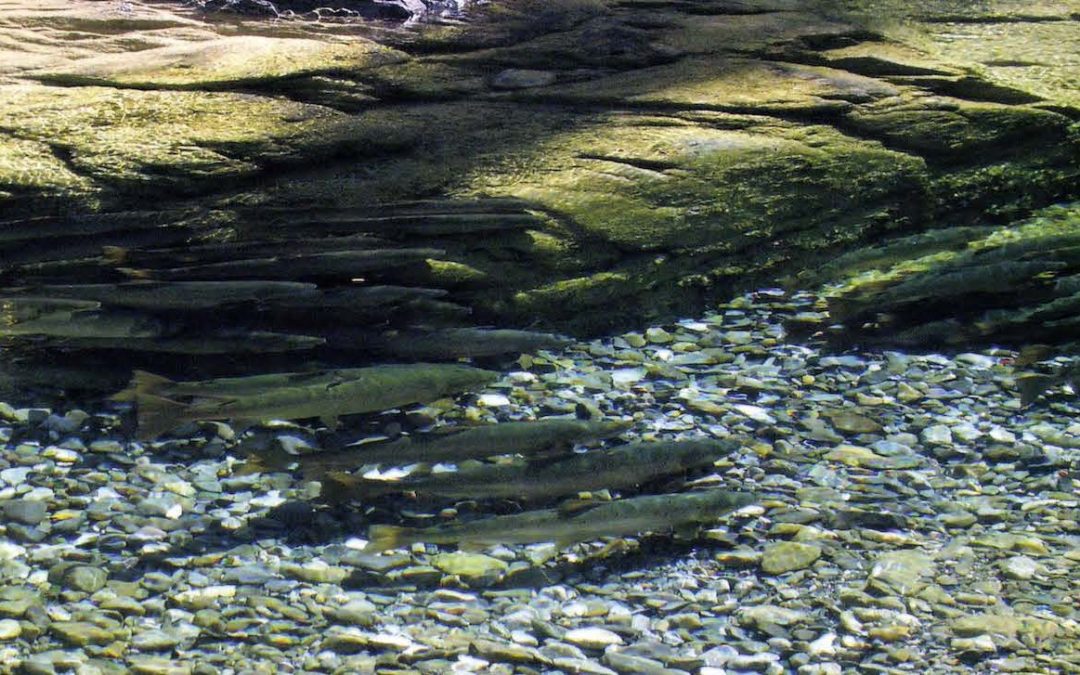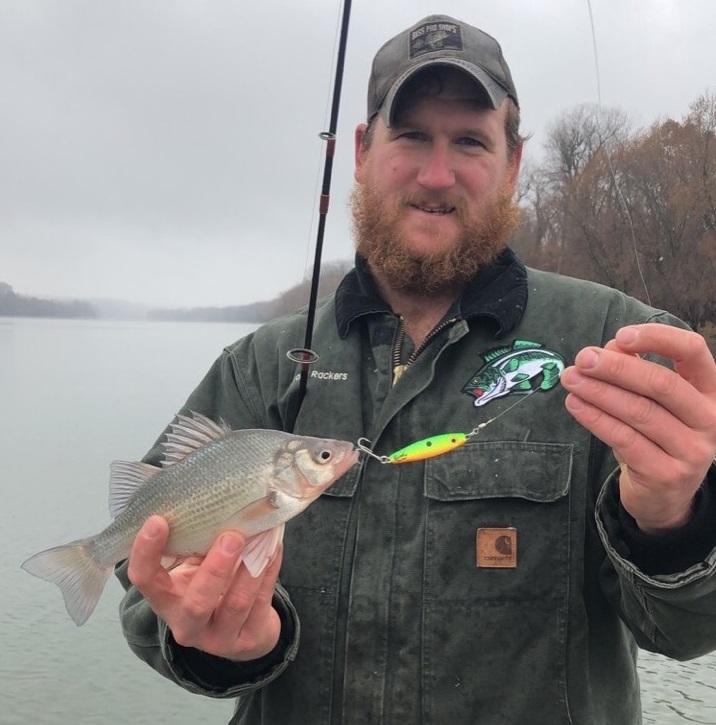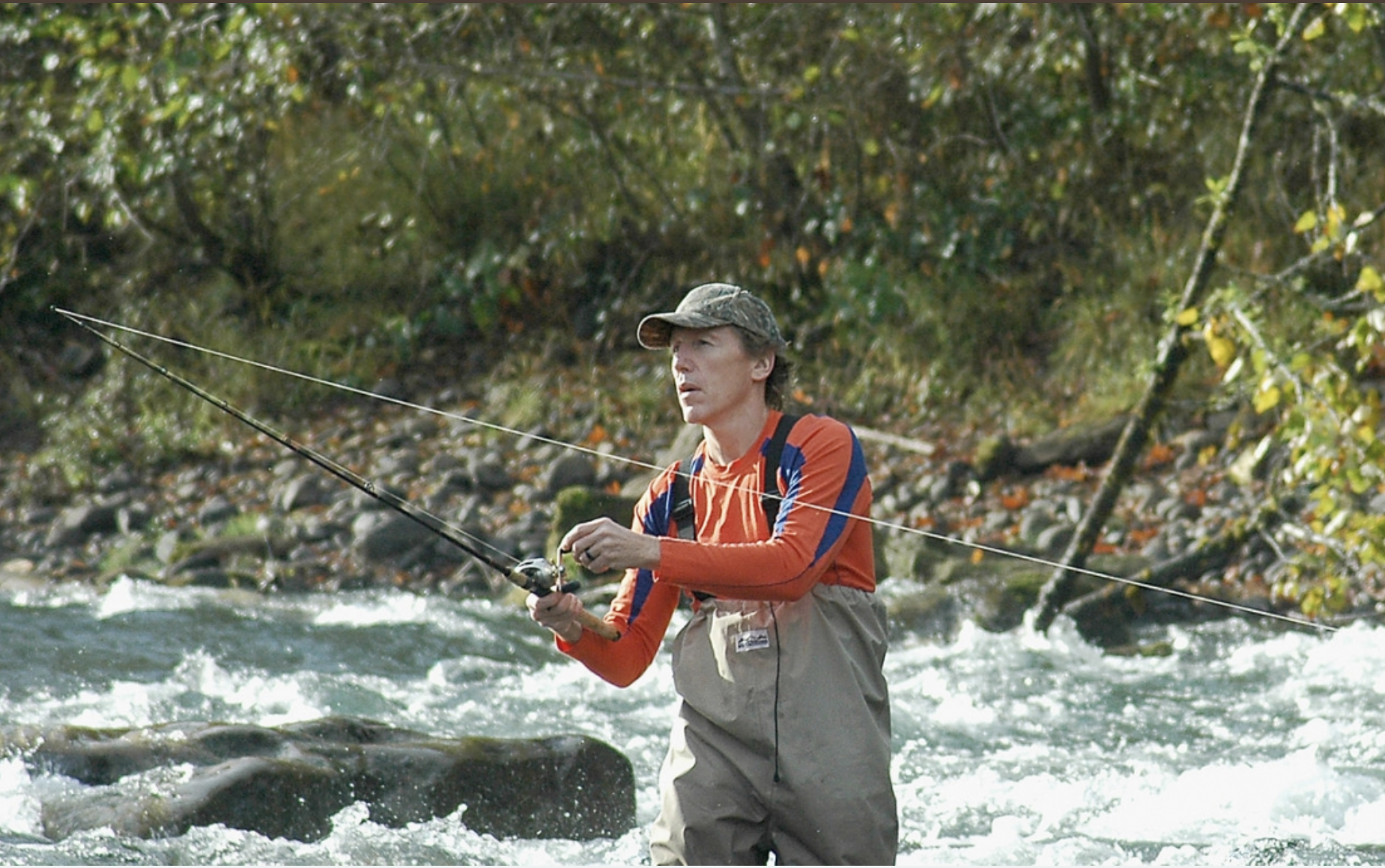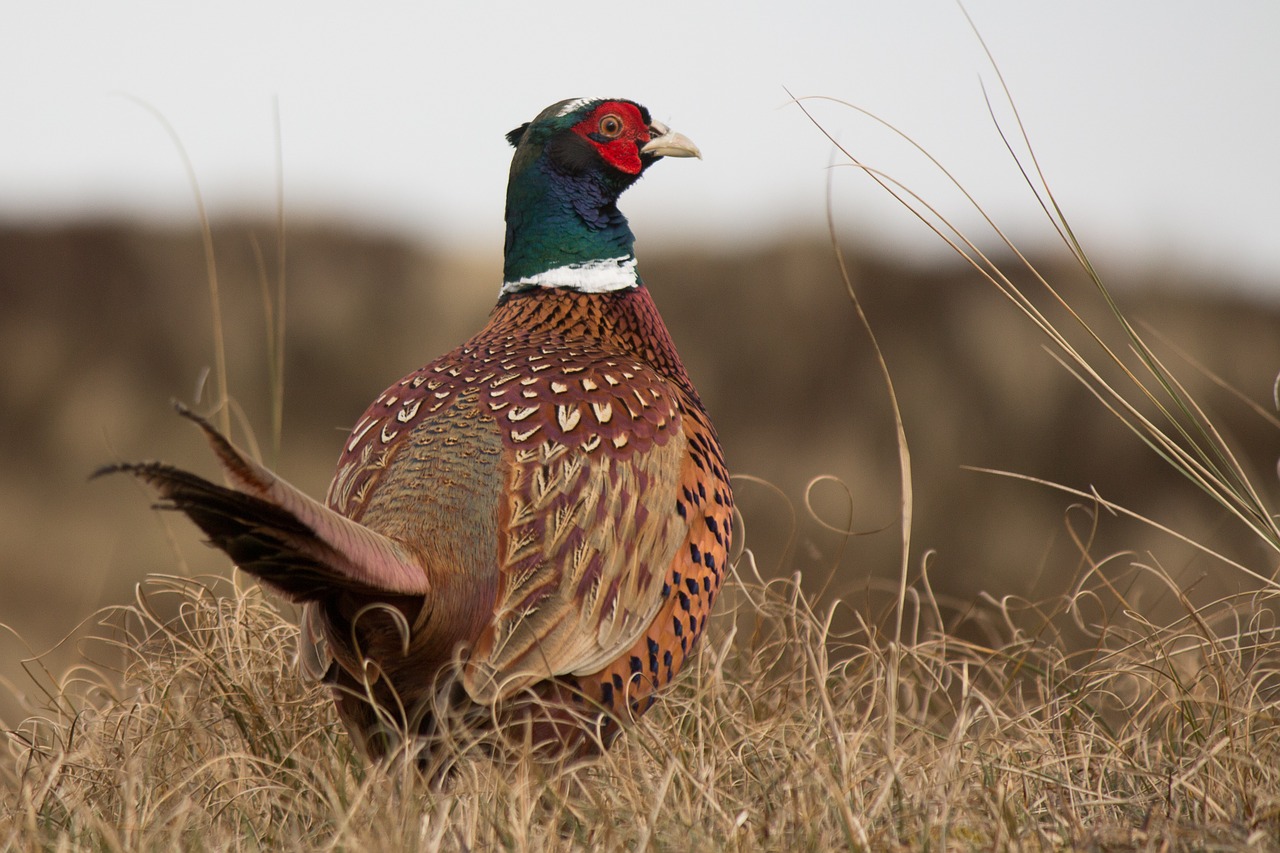Fishermen on Quebec’s Gaspé Peninsula can not only roll the dice on landing an Atlantic salmon, but go after a high-odds striper as well.
If you’ve ever cast a sinking line into a deep crystalline stream hoping to entice a 20-pound Atlantic salmon to snap up a wet fly, then you’ve attempted one of the most challenging feats in freshwater angling. The difficulty lies in the fact that you’re trying to entice a fish that’s on a major hunger strike. If you’re fortunate enough to land one, as I did a few years ago, consider yourself one lucky son-of-a-gun.
A few years back I had the opportunity to fish Quebec’s York River. I remember vividly the sight of scores of ten-pound-plus Atlantic salmon wagging softly against the current. To motivate a fish to even make a slight movement toward your fly was a rush. To finally see a fish flash silver, grab the fly, then rocket downstream – that was a triple-shot of adrenaline!
The reason these sea-run salmon are so lock-jawed is that they’re on a single-minded mission to spawn in the upper reaches of the rivers. As an angler, you’re teasing the fish, trying to annoy it or otherwise piss it off until you trigger its instinct to attack a smaller critter. It’s not going to happen often. One salmon brought to hand in a morning is admirable. But for those who like a fish that’s a bit less of a challenge, there’s good news around the Gaspé.
A few years back fishermen in the nearby estuaries reported increased sightings of striped bass. The fish had been abundant there in the 1960s, but overfishing, both sport and commercial, put a dent in the population. Dredging also redirected the stripers away from their traditional migration routes. It was 2009 when the stripers really began to make a splash around Gaspé. And just two years later people were catching them on a regular basis.
There were huge schools of 500 fish in the estuaries and at first the government was adamant about protecting the bass. You could fish in the area, but with a certain size hook for trout. If you caught a striped bass, you had to put it back.
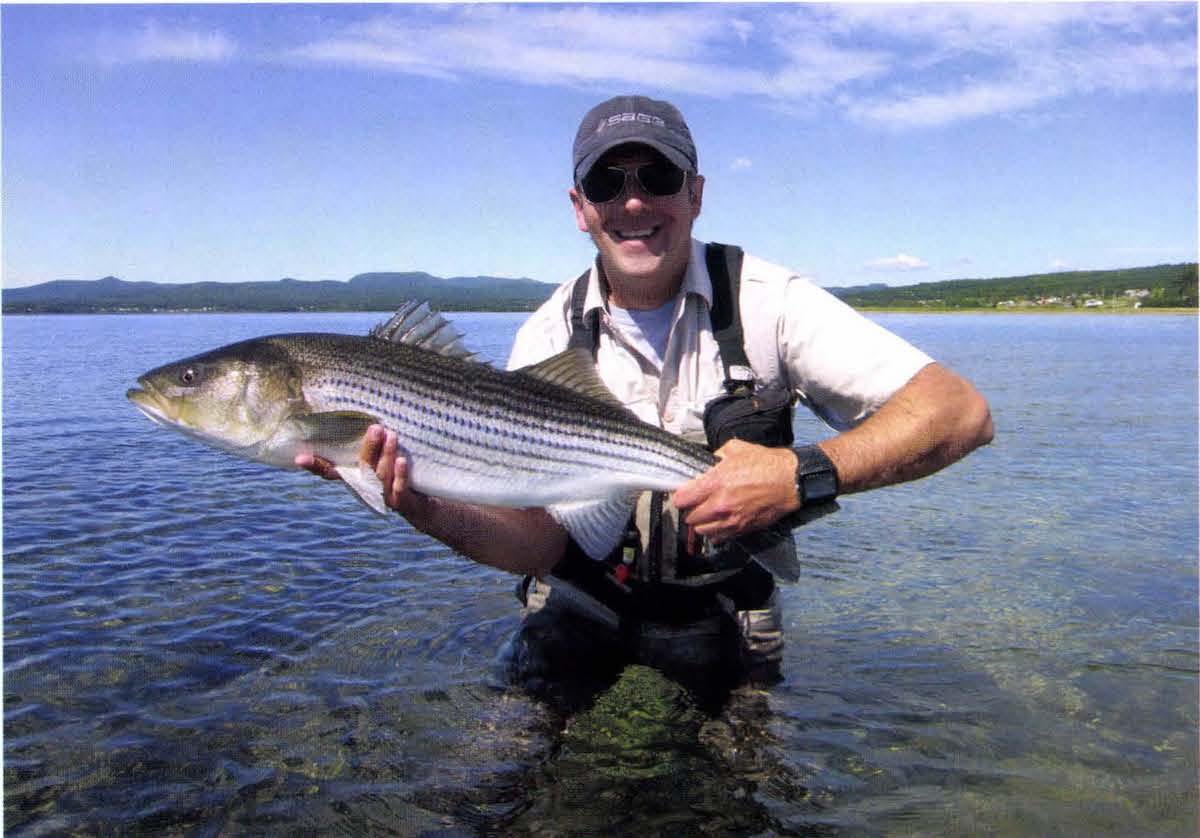
Quebec City angler Simon Blanchette caught this 15-pound striper in an estuary of the Malbaie River.
Warming water may be what has driven the stripers north from their traditional waters, but Michel Legault, research biologist for the Fisheries and Wildlife Ministry of Quebec, says that water temperatures there have shown no noticeable change. He believes there are two other reasons for the arrival of rockfish.
Legault’s department began reintroducing striped bass into the St. Lawrence River in 2002. The project has proven to be a resounding success. But according to Legault, they’re also getting help from another population of fish.
“The native population around southern New Brunswick is actually overflowing,” says Legault. “Those fish are spreading out into the Gaspe area. These are large fish, too. No less than fifty centimeters.”
That’s around 20 inches and pushing five pounds. And those are the smaller fish. Schools of hundreds in the 20-pound range are becoming more common. And here’s the clincher: They’re sharing much of the same water as the Atlantic salmon.
Fortunately, these two predators are on totally different feeding schedules. And since they’re too big to eat each other, it’s all kumbayah!
Biologists have been tagging the stripers, trying to figure out where they are spawning, though some suspect the fish are not spawning up but merely following food.
There had been some concern that the stripers might eat the salmon smolts as they leave the rivers on their journey back to the sea. But according Legault, the young salmon leave the rivers and estuaries in April, at least a month before the rockfish start to arrive.
You can still use the same rod, line and leader for both species; the only difference is the fly. Salmon flies don’t really represent any type of food source. If they take the fly, it’s more of a reaction than anything. With the striped bass, you’re throwing flies that represent a baitfish.
Donald Bourgouin, co-owner of Grey Ghost Destinations, which manages Malbaie Lodge, has found the stripers a nice addition to the activities offered to his guests.
“Salmon are very finicky about the water,” he says. “For example, we had a washout last August and the rivers where we normally cast for salmon were very muddy.”
So after a break for sandwiches along the York River, Bourgouin took his party to the estuary where the water pouring from the river looked like chocolate milk.
“So, I’m thinking, nothing’s going to come of this,” he continues. “But we see striped bass breaking the water. Not jumping, just coming to the top. We started fishing, and it turned out to be the best day of the summer.”
A Florida snowbird, Bourgouin knows a thing or two about fishing the flats and compares striper fishing to wading for bonefish.
“The estuary we fish, at low tide, can be two to four feet of water,” Bourgouin notes. “And depending on the time of year, you can even be sight-casting for them. That’s very different from, say, Massachusetts, where they fish a lot from boats or rocks. We do some of that, but mostly we wade in the estuary, especially in the summer months.”
Most of the salmon fishing is done in September, but June offers a shot at both species, plus a bear hunt if you’re so inclined. “The government has been reintroducing the striped bass along the St. Lawrence for several years now,” says Bourgouin. “All the way inland to Quebec City. But our area has been especially attractive for the fish because we’re getting those along with the overflow from New Brunswick. Plus the warmer water, a couple of degrees, has helped push them.”
Global warming? No? Okay, what’s a good fish story without a little controversy?
“I think they’ve always been around here,” Bourgouin concludes. “But not in the numbers we’ve been seeing. For the fly fisherman who comes here for a chance at Atlantic salmon, the stripers are a nice addition.”
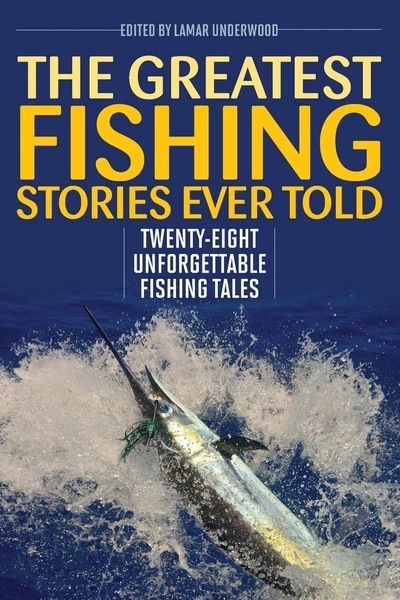 The Greatest Fishing Stories Ever Told is sure to ignite recollections of your own angling experiences as well as send your imagination adrift. In this compilation of tales you will read about two kinds of places, the ones you have been to before and love to remember, and the places you have only dreamed of going, and would love to visit. Whether you prefer to fish rivers, estuaries, or beaches, this book will take you to all kinds of water, where you’ll experience catching every kind of fish.
The Greatest Fishing Stories Ever Told is sure to ignite recollections of your own angling experiences as well as send your imagination adrift. In this compilation of tales you will read about two kinds of places, the ones you have been to before and love to remember, and the places you have only dreamed of going, and would love to visit. Whether you prefer to fish rivers, estuaries, or beaches, this book will take you to all kinds of water, where you’ll experience catching every kind of fish.
Read on as some of the sport’s most talented writers recount their personal memories of catching bass, trout, bluefish marlin, tuna, and more. Explore the Pacific with Zane Grey, as he fights a 1,000-pound blue marlin, or listen as A.J. McClane explains just what it really means to be an angler. Take a step back in time when you read Ernie Schwiebert’s tale of fishing a remote lake in Michigan, when he was still only a young boy. Each of these stories, selected because of its intrinsic literary worth, reinforces the unique personal connection that fishing creates between people and nature. Buy Now

